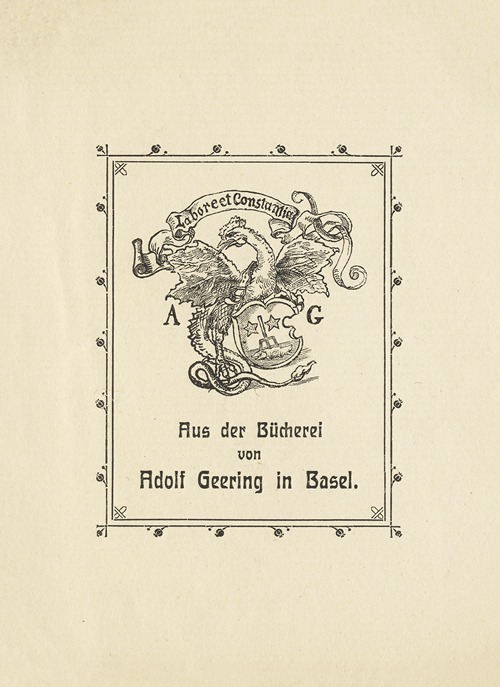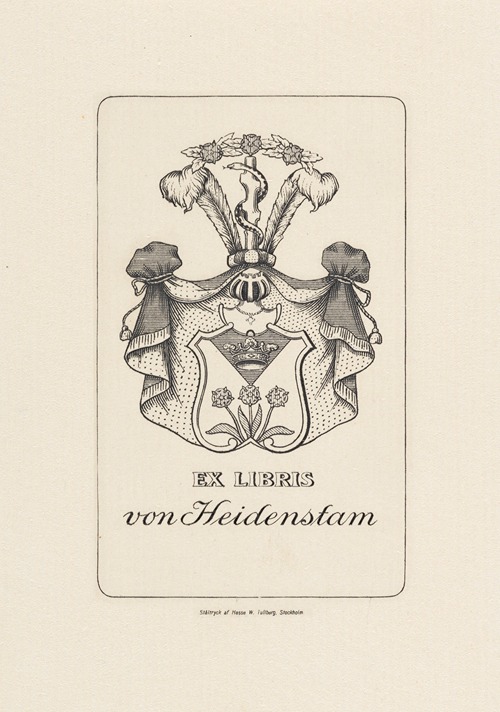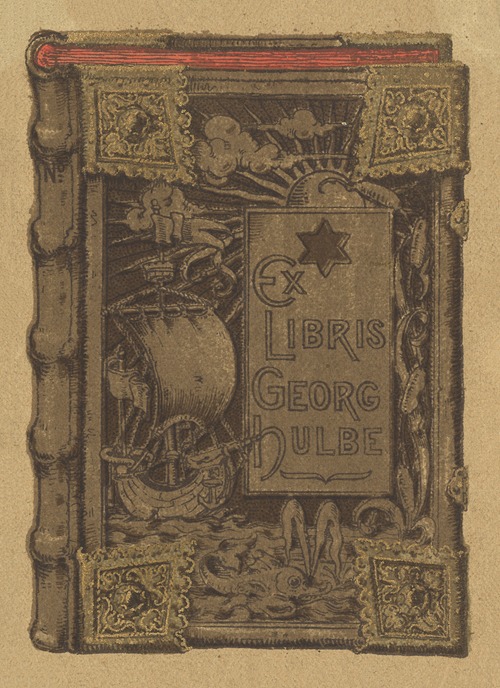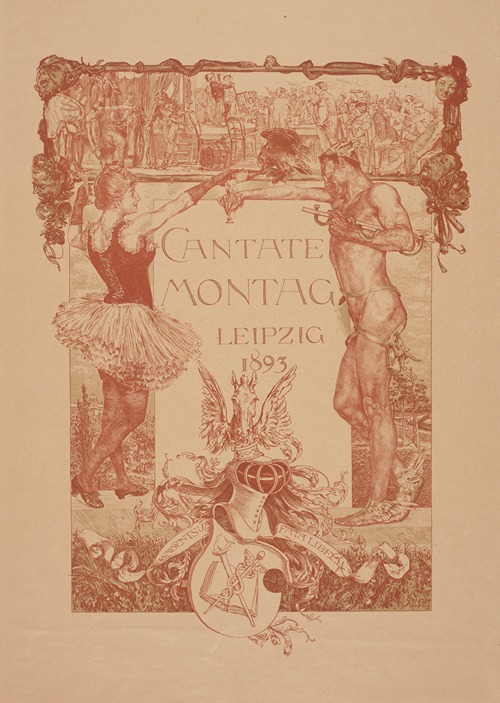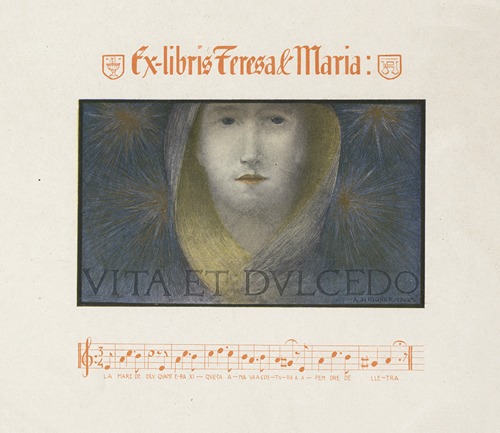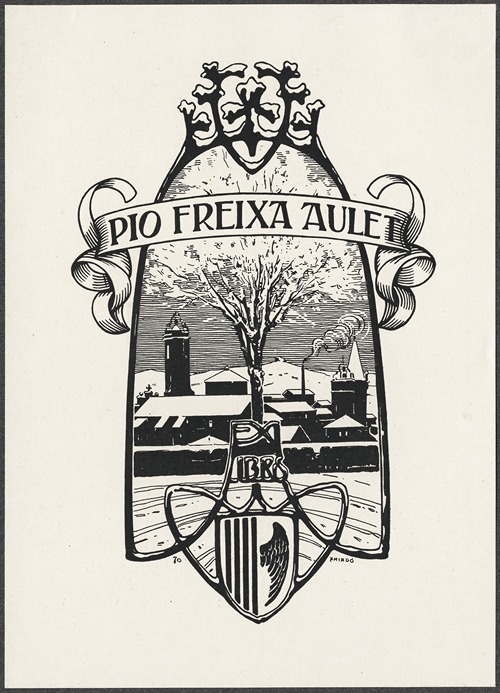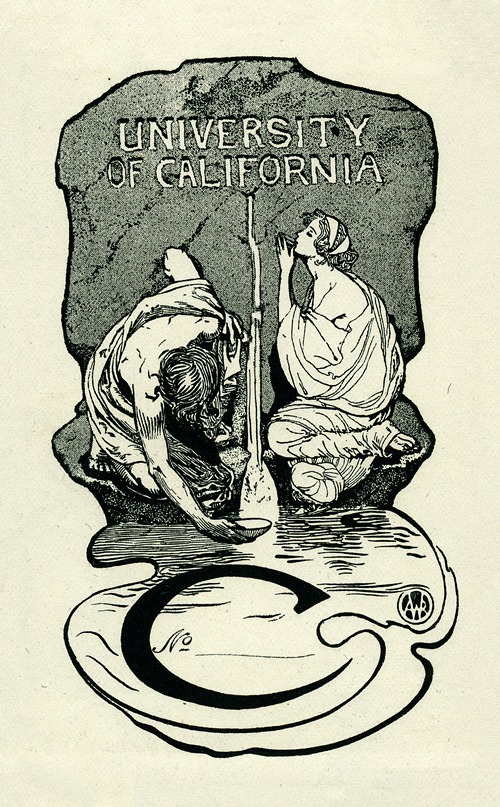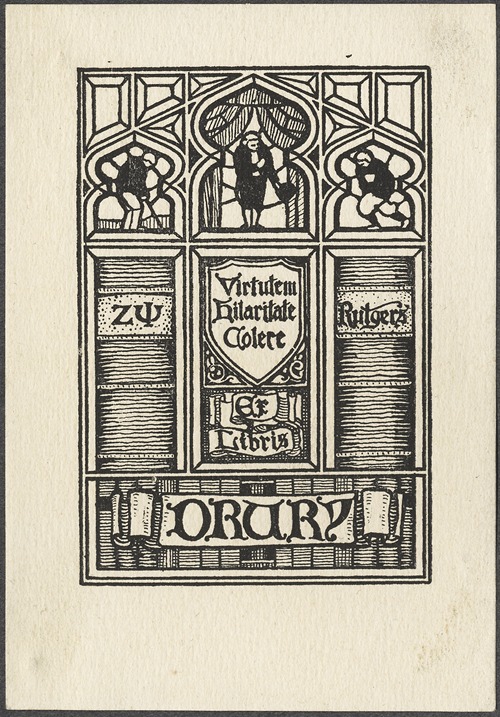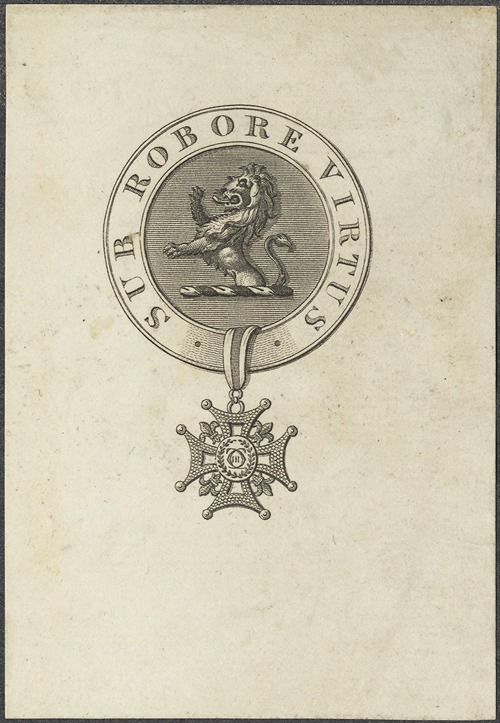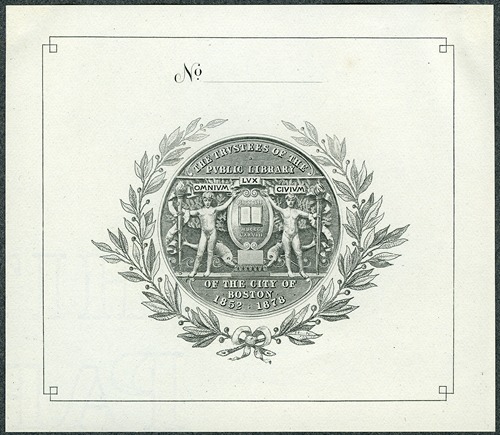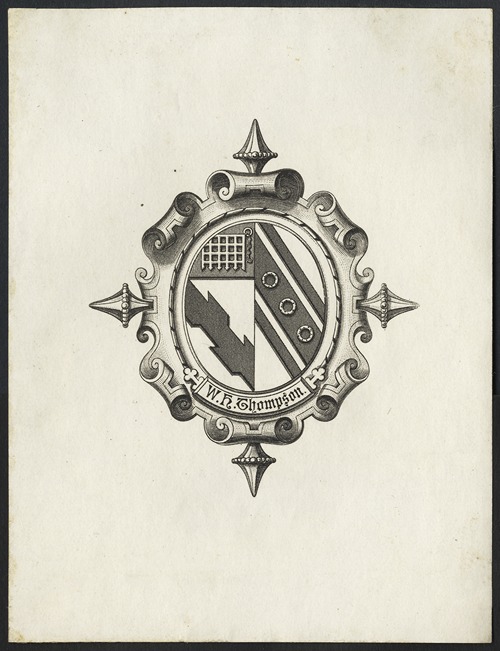
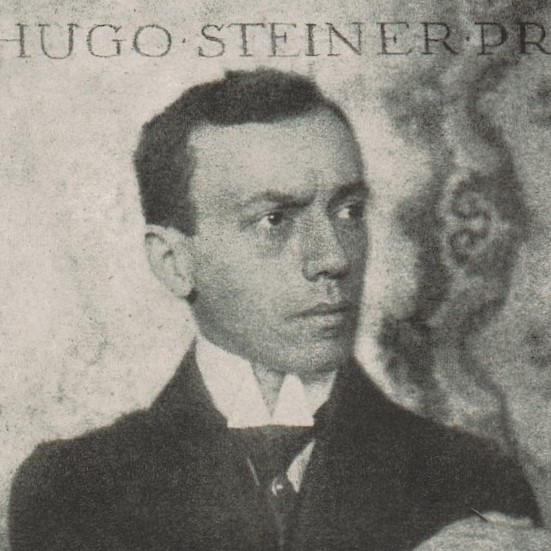
Hugo Steiner-Prag was a German-Bohemian illustrator, stage designer, and educator.
The son of a bookseller, he attended the Prague Academy of Fine Arts from 1898 and the Munich Academy of Fine Arts from 1901 to 1903, where he was a student of Peter Halm and Franz von Stuck.
In 1905, he converted from Judaism to Catholicism and took German citizenship in 1907. He taught at the Teaching and Experimental Studio for Fine and Applied Arts in Munich until 1905 and married his student Paula Bergmann from Seedorf in Ostholstein, who had been attending the Debschitz School since 1903.
From 1905 to 1907, he worked at the Barmer Kunstgewerbeschule (Barmer School of Applied Arts), from where he was appointed to the Royal Academy of Graphic Arts and Book Trade in Leipzig. He held a chair there from 1910. His students included Erich Ohser (e. o. plauen) and Marianne Scheel. During this time, he was also artistic director of the Propyläen publishing house in Berlin. Hugo Steiner-Prag became famous for his illustrations of Lenau's poems, Andersen's fairy tales, and Hoffmann's The Devil's Elixirs. In 1915, he illustrated Gustav Meyrink's novel Der Golem. In 1914, he was head of the “Modern Book Art” department at the Bugra in Leipzig. He was president of the International Book Exhibitions in Leipzig in 1919 and 1927 and organized the book departments of the German exhibitions in Barcelona, Lyon, Paris, Pittsburgh, and New York.
After the Nazis seized power in 1933, he lost his professorship and returned to Prague. There, with the support of the Czechoslovak government, he founded the state-run Officina Pragensis, a training center for young talent, designed stage sets, and traveled throughout Bohemia and the Carpathians. After the German invasion, he emigrated to Sweden in 1939 and finally to the USA in 1941. In 1942, he settled in New York. He taught at the university, became a member of the American Institute of Graphic Arts, illustrated books, and designed logos.

